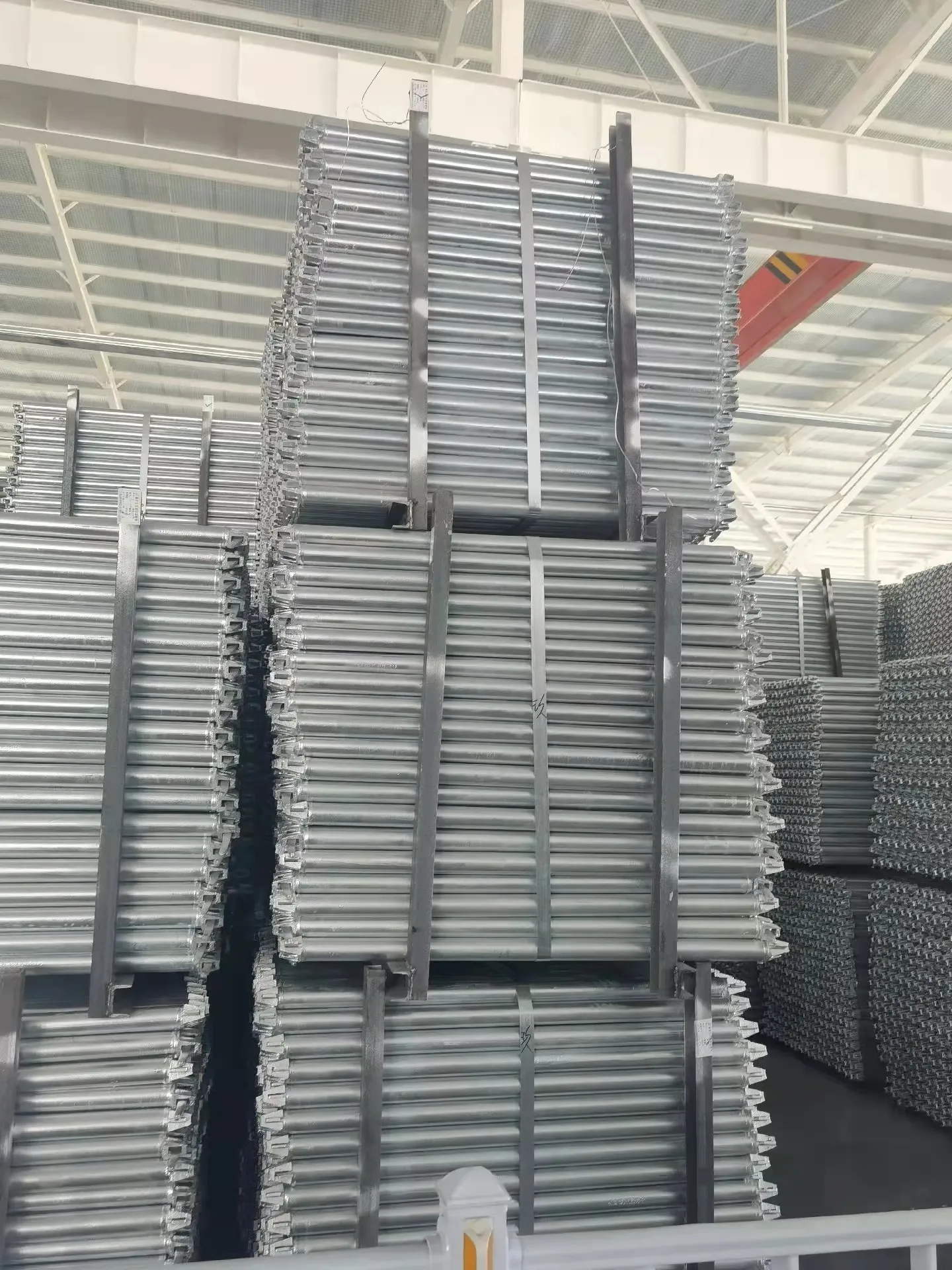
Steel Plate Strengthening Techniques for Enhanced Structural Integrity and Durability
Steel Plate Reinforcement Enhancing Structural Integrity
In the field of civil engineering and construction, the need for sturdy and reliable materials is paramount. One of the prominent techniques used to enhance the strength and durability of structures is steel plate reinforcement. This method involves integrating steel plates into existing structures, providing an effective solution for strengthening, repairing, and upgrading the performance of various components such as beams, columns, and slabs.
Steel is known for its high tensile strength and durability, making it an ideal choice for reinforcement. The technique of steel plate reinforcement allows engineers to effectively address issues such as cracking, deflection, and overall structural weaknesses due to wear and tear, natural disasters, or changes in load demand. By adhering steel plates to structural elements, the load-bearing capacity of these components can be substantially increased, prolonging the lifespan of the structure and ensuring safety.
One of the primary applications of steel plate reinforcement is in the retrofitting of existing structures. Many buildings and bridges, especially those constructed several decades ago, may not meet current design codes or may have deteriorated over time. Instead of demolishing and rebuilding, which can be cost-prohibitive, engineers can apply steel plates to restore and enhance the structural integrity. This not only saves time and resources but also minimizes the environmental impact of construction activities.
The process of steel plate reinforcement typically begins with a thorough assessment of the existing structure. Engineers conduct detailed inspections to identify areas that require reinforcement, analyzing load capacity and potential failure points. Once the assessment is complete, the appropriate size and thickness of steel plates are determined. These plates are then cut and prepared for installation, which usually involves surface preparation to ensure proper adhesion, often employing epoxy or other bonding agents.
steel plate reinforcement

Installation can vary depending on the structure’s design and the specific requirements of the project. Steel plates can be attached using bolts, welding, or adhesive bonding methods, and this flexibility allows engineers to choose the most suitable technique for the specific application. For example, welding may be preferred in areas where high load-bearing capability is required, while bolted connections could offer easier maintenance options.
Another significant advantage of steel plate reinforcement is its effectiveness in improving seismic performance in earthquake-prone areas. By adding steel plates, structures can better withstand lateral forces and vibrations during seismic events, reducing the risk of catastrophic failure. This has made steel plate reinforcement an essential aspect of modern earthquake engineering, ensuring that buildings can protect their occupants and maintain functionality after an earthquake.
Moreover, steel plate reinforcement is not limited to retrofitting existing structures. It is also increasingly utilized in new construction projects, where engineers design steel-reinforced components from the outset. This proactive approach enhances structural performance, particularly in high-demand environments such as industrial settings, bridges, and high-rise buildings, where the risks of dynamic loads and impact forces are significant.
In conclusion, steel plate reinforcement is a vital technique in modern engineering that not only boosts the strength and longevity of structures but also provides a practical solution for retrofitting aging buildings. With its ability to enhance seismic resistance and adapt to varying structural needs, steel plate reinforcement continues to play a crucial role in ensuring the safety and durability of infrastructure. As urban areas continue to grow and the demand for sustainable construction practices increases, this method will remain a key focus in engineering innovations and a cornerstone in the construction of resilient and enduring structures.
-
The Importance of Reinforcement Bar in ConstructionNewsJul.11,2025
-
The Durability of Timber Steel FurnitureNewsJul.11,2025
-
How to Assemble Fixed Clamp Scaffolding SafelyNewsJul.11,2025
-
Essential Column Rebar Specifications for High-Rise BuildingsNewsJul.11,2025
-
Common Applications of Steel Keels in ConstructionNewsJul.11,2025
-
Benefits of Using Aluminum Scaffolding Ladders Over SteelNewsJul.11,2025
-
Stainless Steel Keel: Analysis of the Triple Advantages of Rigidity, Stability, and LightweightNewsJun.19,2025










